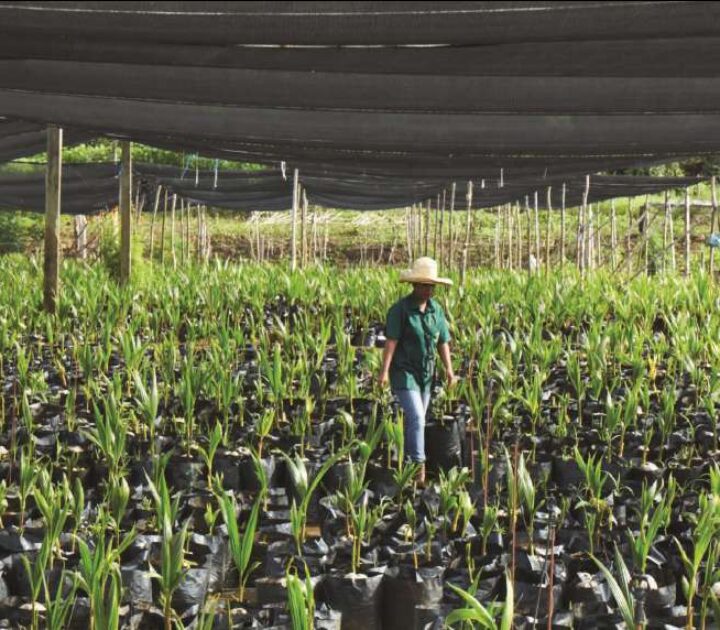Kellogg: Localizing foreign entry mode
For more than 100 years, the Kellogg Company of Battle Creek, Michigan, had sold its breakfast cereals around the globe to consumers. With mounting competition and changing consumer tastes, the company had entered into new segments such as snacks and crackers and other types of convenience foods, including frozen foods. While initially focused exclusively on organic growth via opening sales offices and production facilities, the company changed its approach and began to leverage growth through acquisitions from the 1970s on. By 2021, Kellogg operated a portfolio of 23 brands in 180 countries with 21 production facilities. While North America remained the largest source of revenue, international revenues accounted for 40% and continued to grow, particularly in the Africa, Middle East and Asia (AMEA) region. While Kellogg’s expansion led the company to establish a truly global footprint, it faced challenges along the way, especially from the necessity to adapt its market entry strategies to local tastes and habits around the world. Growing internationally and selecting the right entry mode appeared even more crucial to remain competitive in a post-COVID-19 world. Yet, as it had experienced, international expansion was not entirely straightforward. Moreover, Kellogg’s global e-commerce was already on the rise pre-pandemic. By the end of 2020, Kellogg’s online sales—which consisted primarily of sales conducted via other retailer websites such as Amazon—accounted for nearly 10% of its global turnover. With about 30% of its global e-commerce sales coming from outside the US, would international consumers’ increasing usage of digital channels reshape Kellogg’s global footprint? Where and how should Kellogg expand next?
- Analyze the extent to which international expansion can be instrumental to Kellogg’s growth and success in the marketplace
- Examine how a company such as Kellogg should select its market entry strategies based on changing local tastes and requirements
- Explore how companies such as Kellogg can create value via their global presence
- Explore how digital retail channels can transform the operations of companies such as Kellogg and their engagement with consumers
Kellogg, Consumer Goods, Food and Beverage
1922-2021
Cranfield University
Wharley End Beds MK43 0JR, UK
Tel +44 (0)1234 750903
Email [email protected]
Harvard Business School Publishing
60 Harvard Way, Boston MA 02163, USA
Tel (800) 545-7685 Tel (617)-783-7600
Fax (617) 783-7666
Email [email protected]
NUCB Business School
1-3-1 Nishiki Naka
Nagoya Aichi, Japan 460-0003
Tel +81 52 20 38 111
Email [email protected]
IMD retains all proprietary interests in its case studies and notes. Without prior written permission, IMD cases and notes may not be reproduced, used, translated, included in books or other publications, distributed in any form or by any means, stored in a database or in other retrieval systems. For additional copyright information related to case studies, please contact Case Services.
Research Information & Knowledge Hub for additional information on IMD publications

in Harvard Business Review May-June 2024, vol. 102, issue 3



Research Information & Knowledge Hub for additional information on IMD publications
Research Information & Knowledge Hub for additional information on IMD publications
Research Information & Knowledge Hub for additional information on IMD publications
Research Information & Knowledge Hub for additional information on IMD publications
in Harvard Business Review May-June 2024, vol. 102, issue 3
Research Information & Knowledge Hub for additional information on IMD publications
Research Information & Knowledge Hub for additional information on IMD publications
Research Information & Knowledge Hub for additional information on IMD publications
Research Information & Knowledge Hub for additional information on IMD publications
Research Information & Knowledge Hub for additional information on IMD publications
Case reference: IMD-7-2282 ©2022
Research Information & Knowledge Hub for additional information on IMD publications